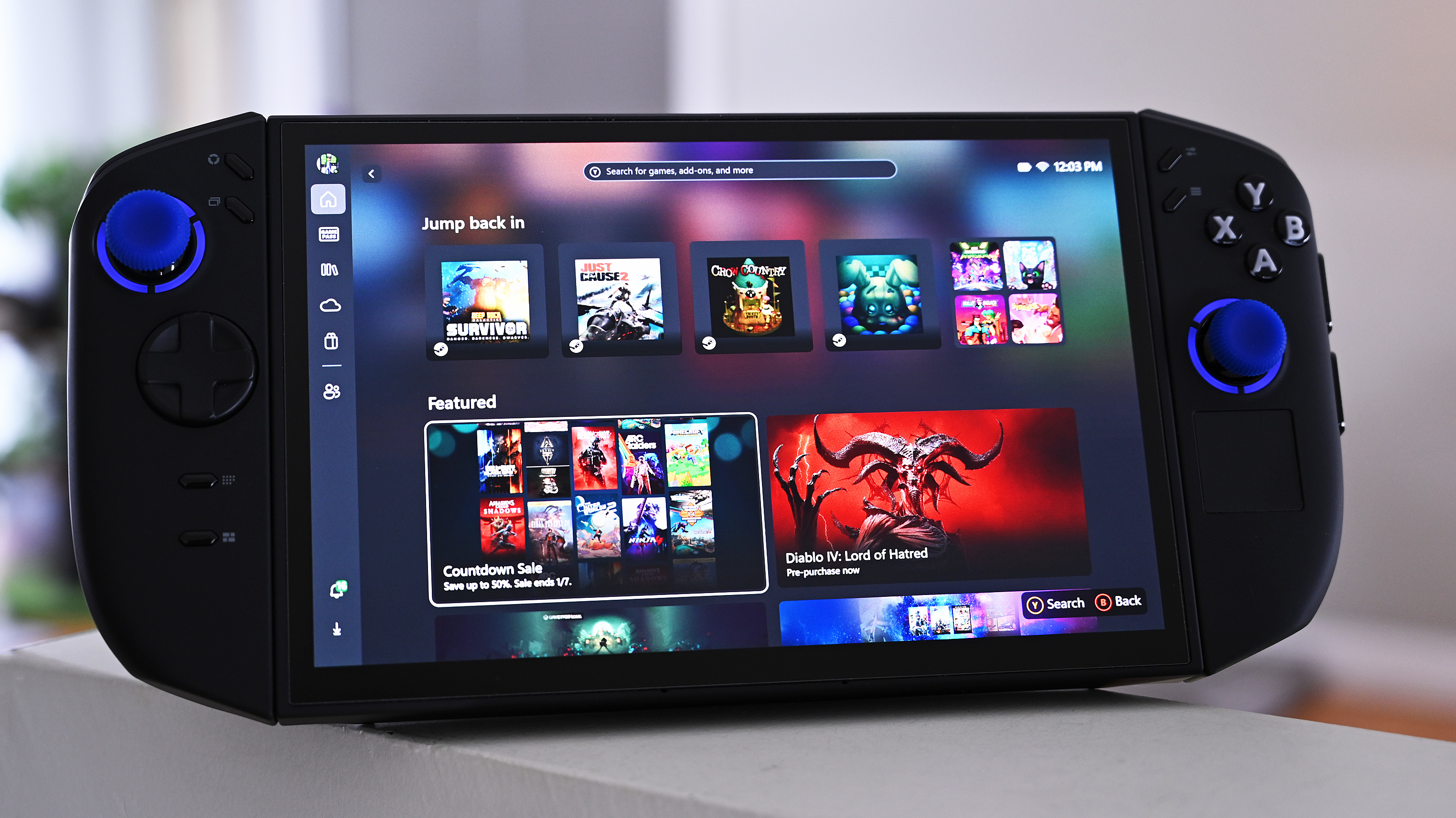ASUS GL552 vs Dell Inspiron 15 7559: Which should I buy?
In the budget gaming notebook space both ASUS and Dell make a good case to take your money.
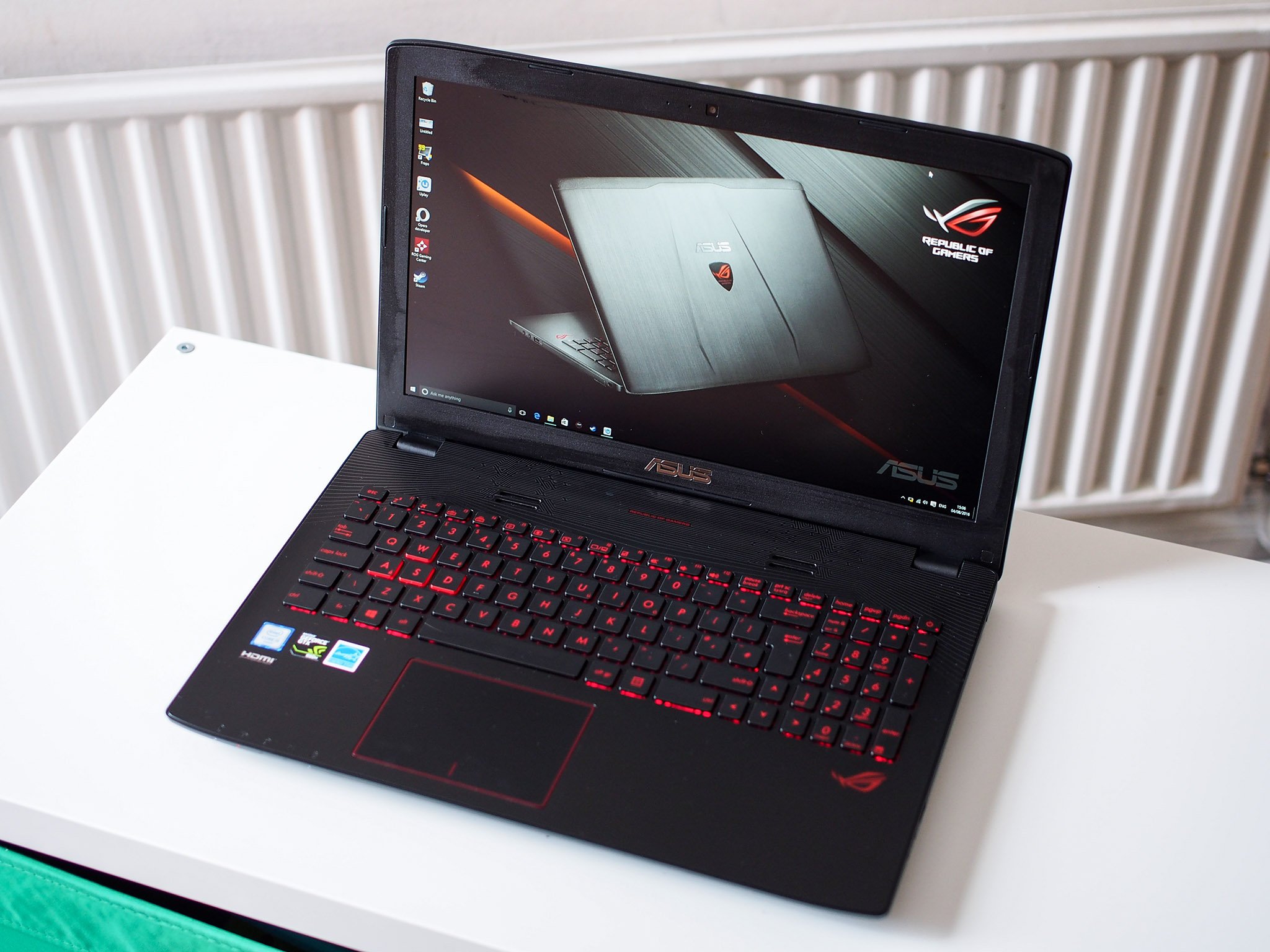
Both companies know how to make great laptops. Dell usually slaps the Alienware logo on its gaming products, while ASUS adds the Republic of Gamers moniker, just so you know what you're getting in to. But what we have here are two fairly inexpensive, subtly designed gaming laptops that will also go great as an all purpose laptop.
The difference over a similarly priced, slimmer and lighter offering is that you can crack out a bit of Gears of War when you're done working for the day.
Both the ASUS GL552 and the Dell Inspiron 15 7559 are in a similar price bracket to one another, and similar in a number of ways. Which should you buy? Let's break it down.
Let's start with the specs:
| Category | ASUS GL552 | Dell Inspiron 15 7559 |
|---|---|---|
| OS | Windows 10 | Windows 10 |
| Display size | 15.6 inches | 15.6 inches |
| Display resolution | 1920 x 1080 (non-touch) | 1920 x 1080 (non-touch) or 4K (touch) |
| Processor | Intel Core i5/i7 (Skylake) | Intel Core i5/i7 (Skylake) |
| CPU Cores | Four | Four |
| Graphics | NVIDIA 950M or 960M (2GB) | Nvidia 960M (4GB) |
| Storage | 1TB HDD 7200 RPM with 128GB SSD | 1TB HDD 5200 RPM |
| RAM | 8GB DDR4 | 8GB/16GB DDR3L |
| Battery | 48 Wh | 74 Wh |
| Dimensions | 384 x 256 x 34.3 ~35.1 mm | 383 x 265 x 25.3mm |
| Weight | 5.51 lbs (2.5kg) | 5.67lbs (2.57kg non-touch) / 6lbs (2.72kg 4K touch) |
| Wi-Fi | 802.11ac | 802.11ac |
| Bluetooth | 4.0 | 4.0 |
| Ports | Full size USB 3.0 x 2, USB-C 3.1, SD card, 3.5mm headset out, mic input, HDMI out, Ethernet | 3 x USB 3.0, HDMI 1.4, SD Card, 3.5mm headset |
| Optical drive | Yes (DVD RW) | No |
| Price | from $799 | from $995 |
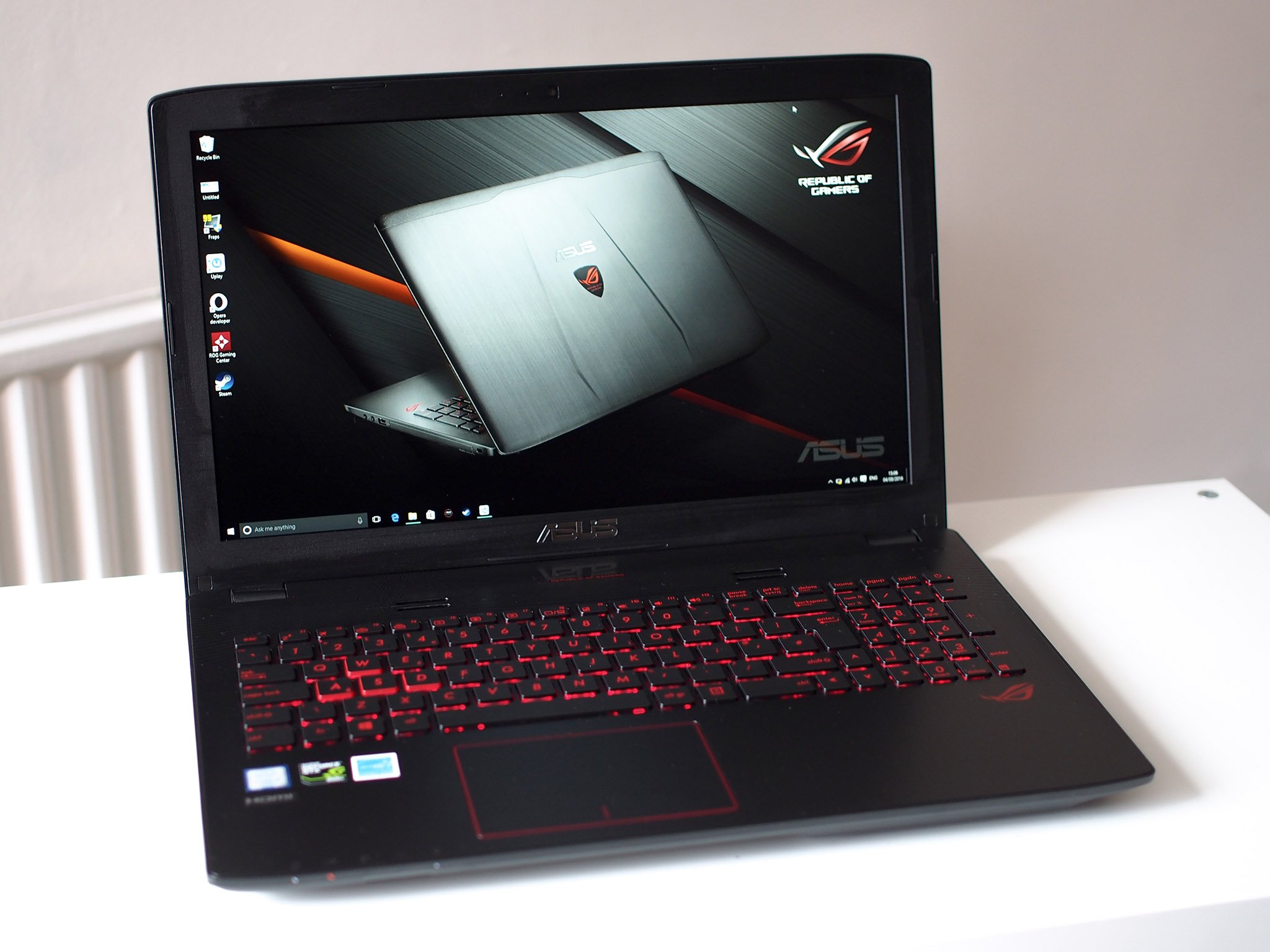
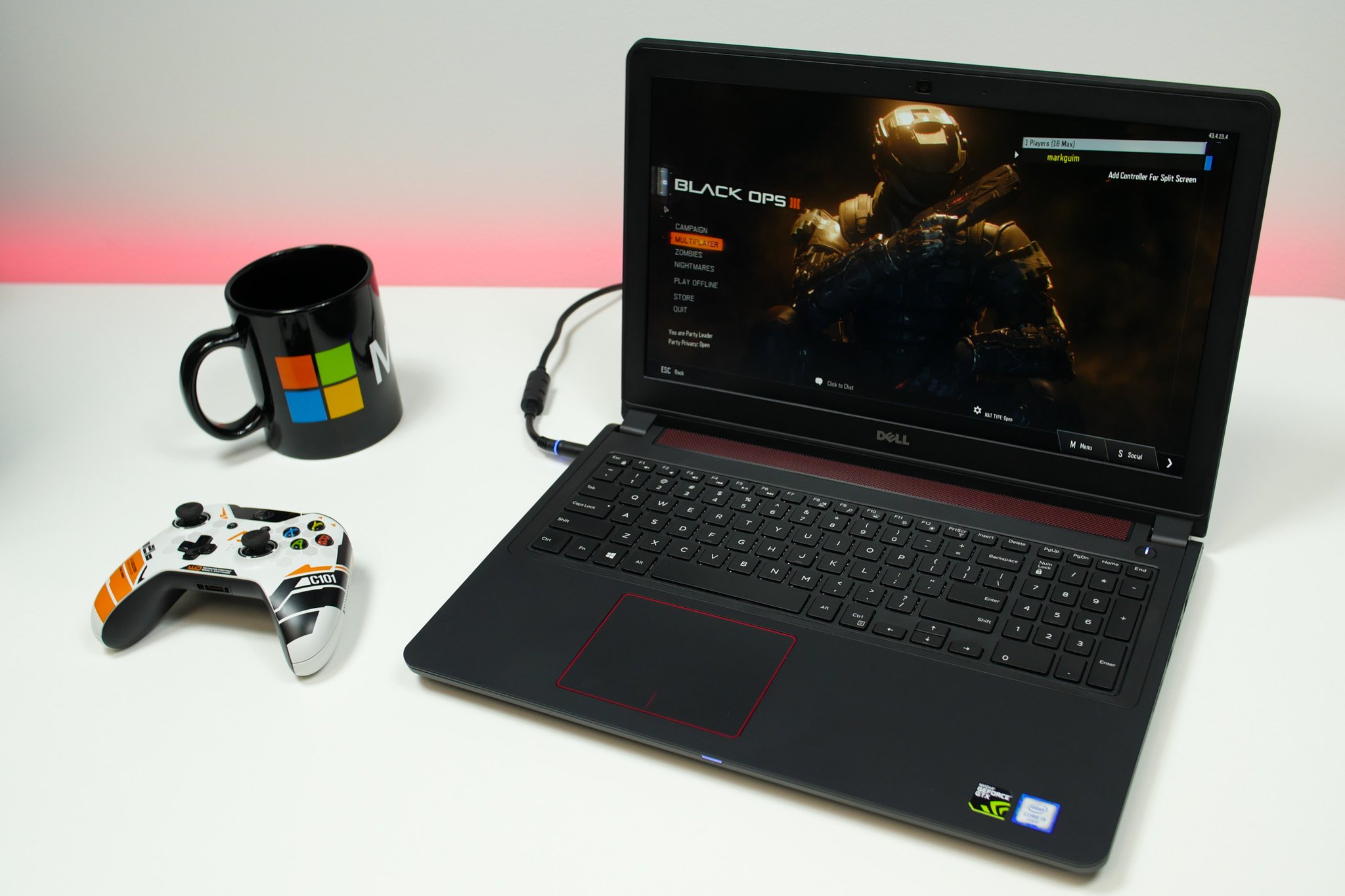
There are areas that each of these two notebooks stand out over the other, and some that they're similar. Both are 15-inchers with 1080p, non-touch displays as standard. Both can be had with the latest Skylake Core i5 and i7 processors from Intel and 8GB of RAM. You can also upgrade the RAM and SSD storage in both, too, adding an extra 8GB stick and whatever SSD you feel like.
And you could take both of them into a meeting without looking ridiculous.
There are also plenty of areas they're different. Starting with the GL552 you'll find a slightly better looking, brighter display and a much better trackpad. It's not quite a precision one, but it's leaps ahead of the finger disappointment on the Dell.
All the latest news, reviews, and guides for Windows and Xbox diehards.
The ASUS also comes with a combination SSD and HDD storage as standard, meaning fast boot up times without sacrificing space for your games and media library. The Dell has a slot for an SSD, but you'll have to add it in yourself after you get it.
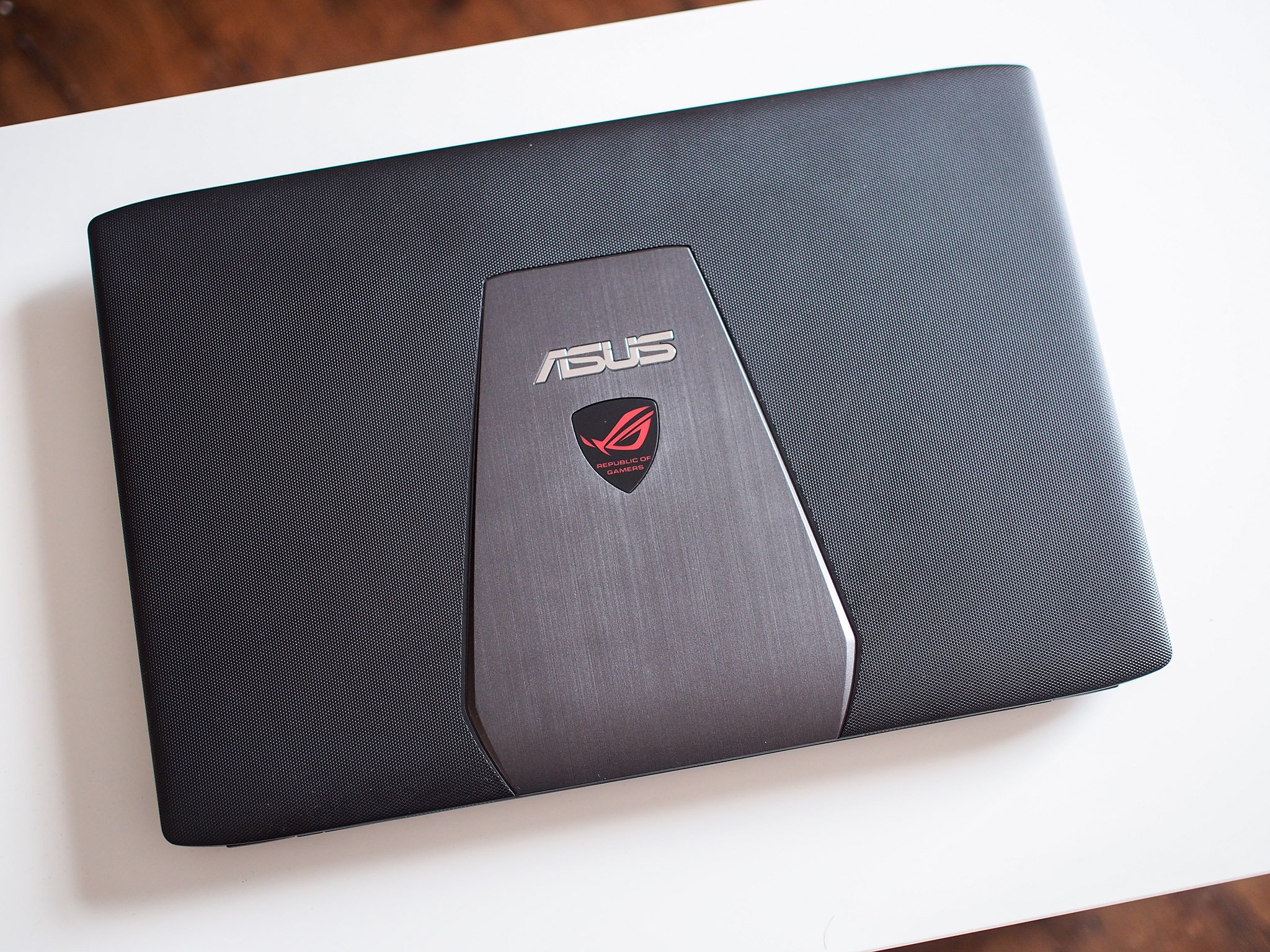
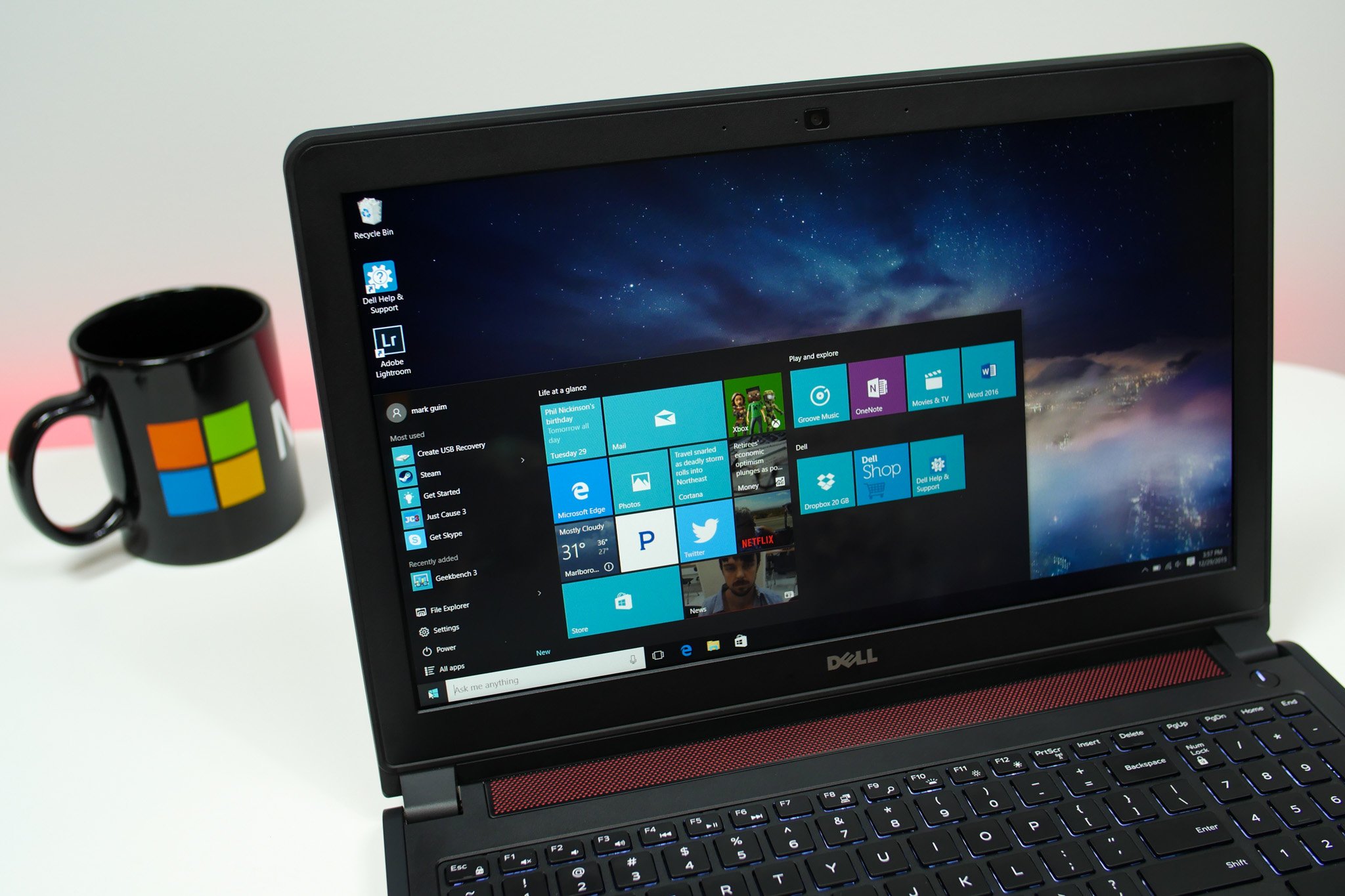
On the other hand, the Dell has the edge when it comes to raw gaming performance. The Dell's 4GB GTX 960M graphics card outweighs the 2GB 950M in the GL552, though you can pay more and get a 960M in higher configurations. It also has an advantage in the form factor stakes, with the absence of an optical drive meaning a leaner laptop all round. Battery life is also better on the Dell, in some cases as much as an hour or two when not gaming. The ASUS battery is just a lot smaller.
Both are very good entry level gaming notebooks in their own right. ASUS has some first-party software to help enhance the experience, such as turning on hot zone lighting around your WASD keys, while Dell has the horsepower. And both prove you can buy a gaming focused laptop that doesn't look like a child designed it.
Which should you buy then? Ultimately it comes down to your use case. If you're swinging towards gaming first, then get the Dell. If you're looking more for a great all round laptop that can also play some games as an added bonus, then the ASUS might suit you better. The one drawback is that the base model with the GTX 950M doesn't seem to be available in the U.S. yet, so the entry price is about $200 more than it would be otherwise (international markets have wider availability of the base configuration).
You can't go too far wrong, but depending on your use case you can get it a little more right.

Richard Devine is a Managing Editor at Windows Central with over a decade of experience. A former Project Manager and long-term tech addict, he joined Mobile Nations in 2011 and has been found on Android Central and iMore as well as Windows Central. Currently, you'll find him steering the site's coverage of all manner of PC hardware and reviews. Find him on Mastodon at mstdn.social/@richdevine
